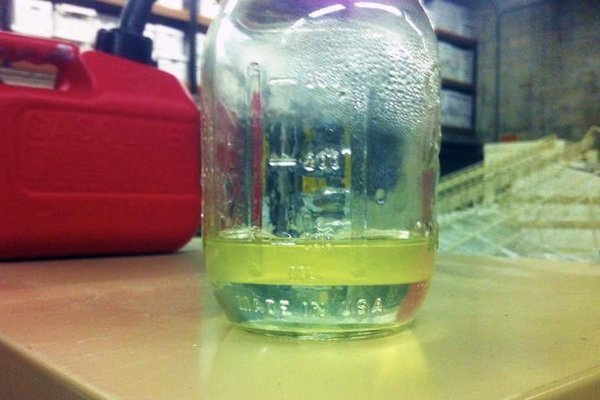How Does Water Appear In The Fuel Tank?

Causes of the appearance of water in a tank
Condensation ?
As usual, the appearance of water is associated with condensation. Condensation is a physical phenomenon that consists in the creation of liquid vapor and thus the transformation of water in a gaseous state into a liquid. For this, a sufficient temperature difference is needed so that the water begins to melt in the gaseous state. More precisely, the phenomenon occurs when two media (gas and water) of different temperatures are in direct contact, i.e. across the surface. Evaporation consists of adding energy to the water (which turns into steam), while condensation consists of losing energy from the steam (which then turns into a liquid). For example, the fog in your car in the morning occurs because the moisture in the air (more or less important depending on the context) condenses on the windows, in contact with their cold surface. The humidity of the air, which is cooled by the very cold surfaces of the windows (in contact with the outside), then changes from a gaseous state to a liquid state. Condensation is the reverse process of evaporation... When water evaporates, it has excess energy, when it condenses, it loses energy (kinetics is related to the movement of atoms: heat consists of the movement of elementary particles, and the feeling of heat is a concept randomly invented by our brains, colors are actually just electromagnetic wavelengths, blue and pink are personal concepts of the animal world and the brain).
But where does the water come from?
As you know, the water actually comes from the air, and thus from the humidity level of the ambient air around the car (the air that is therefore shared with the tank by the exhaust). open air and canister in case of fuel). It should be known and reasonable that the tank has a hole due to the later modulation of the amount of fuel. The more I empty the tank, the more air I have to get in, so there must be an air supply... As the gases in the tank expand (heat), this excess pressure must be evacuated to the outside. Diesels therefore have simple ventilation and petrols have a more advanced canister system. When you use up your fuel, air enters the tank to compensate for the amount of fuel that is lost. This air has moisture... This moisture in the form of steam becomes liquid when the tank cools (for example at night) and the water then condenses in the form of drops on the walls of the tank. This phenomenon can also occur as a result of heating the fuel by changing the injection pump (the pressure that increases the temperature and the fuel that acts as a cooler, therefore heated), the heated fuel that enters the tank causes a heat difference that causes the condensation of the air present at the time (this is the difference between condensation and evaporation. As they say: everything is relative).
